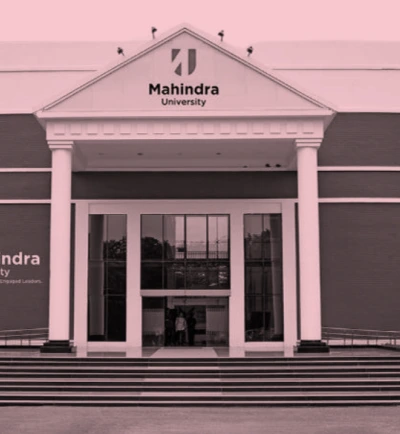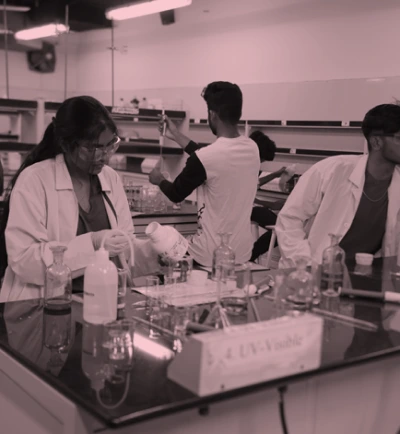
Vandna Gokhroo
Assistant Professor
vandna.gokhroo@mahindrauniversity.edu.in
My research is related to atomic physics, quantum optics, lasers, and optical nanofiber. I have worked with room temperature, cold and ultracold atoms and used them to understand the fundamental and applied areas of physics.
Ph.D.
Ph.D. in Physics: Tata Institute of Fundamental Research, Mumbai (2011) Thesis Title: Deep-cooled fermionic and bosonic potassium atoms in a multi-species laser-cooling and trapping set-up. Advisor: Prof. C. S. Unnikrishnan
In my thesis work, bosonic and fermionic isotopes of potassium atoms were laser-cooled in a compact 2D-3D magneto-optical trap setup. Further special sub-Doppler cooling technique, namely polarization gradient cooling was implemented to cool both the isotopes to tens of micro Kelvin. Temperatures obtained for the 39K using polarization gradient cooling were among the very first lowest temperatures reported.
2019-2021
- Staff Scientist: OIST Graduate University, Okinawa, Japan (2019-2021)
Research work in the group of Prof. Síle Nic Chormaic: Experiments using laser-cooled Rb atoms near an optical nanofiber.
2015-2018
- Postdoctoral Research Associate: Washington State University, Pullman, WA, USA (2015-2018)
Research work in the group of Prof. Peter Engels: Experiments using Bose-Einstein condensates to understand condensed matter phenomena and hydrodynamics.
2012-2015
- Postdoctoral Scholar: OIST Graduate University, Okinawa, Japan (2012-2015)
Research work in the group of Prof. Síle Nic Chormaic: Experiments using laser-cooled Rb atoms and optical nanofiber.
2012
- Visiting Scientist (2012): Raman Research Institute, Bangalore, India
Research work in the group of Prof. Hema Ramachandran: Experiments using laser-cooled Rb atoms.
My research area is based on experiments with laser-cooled atoms to understand the fundamental aspects in physics e.g. atom-light interaction.
Atoms at room temperature move with a mean speed of a few hundreds of meters per second. These high-velocities result in frequent collisions with walls and with other atoms and also in the spectral line broadening. The motion or temperature of the atoms can be reduced to the sub-milliKelvin regime or even lower using the laser beams of the appropriate frequency. Slow atoms are extremely useful in exploring quantum optics, precision experiments, etc.
I have also worked on experiments with laser-cooled atoms near a sub-wavelength diameter fiber namely optical nanofiber. Such a system has unique advantages to study a variety of atomic physics experiments at ultralow powers and also has future applications in quantum technologies.









